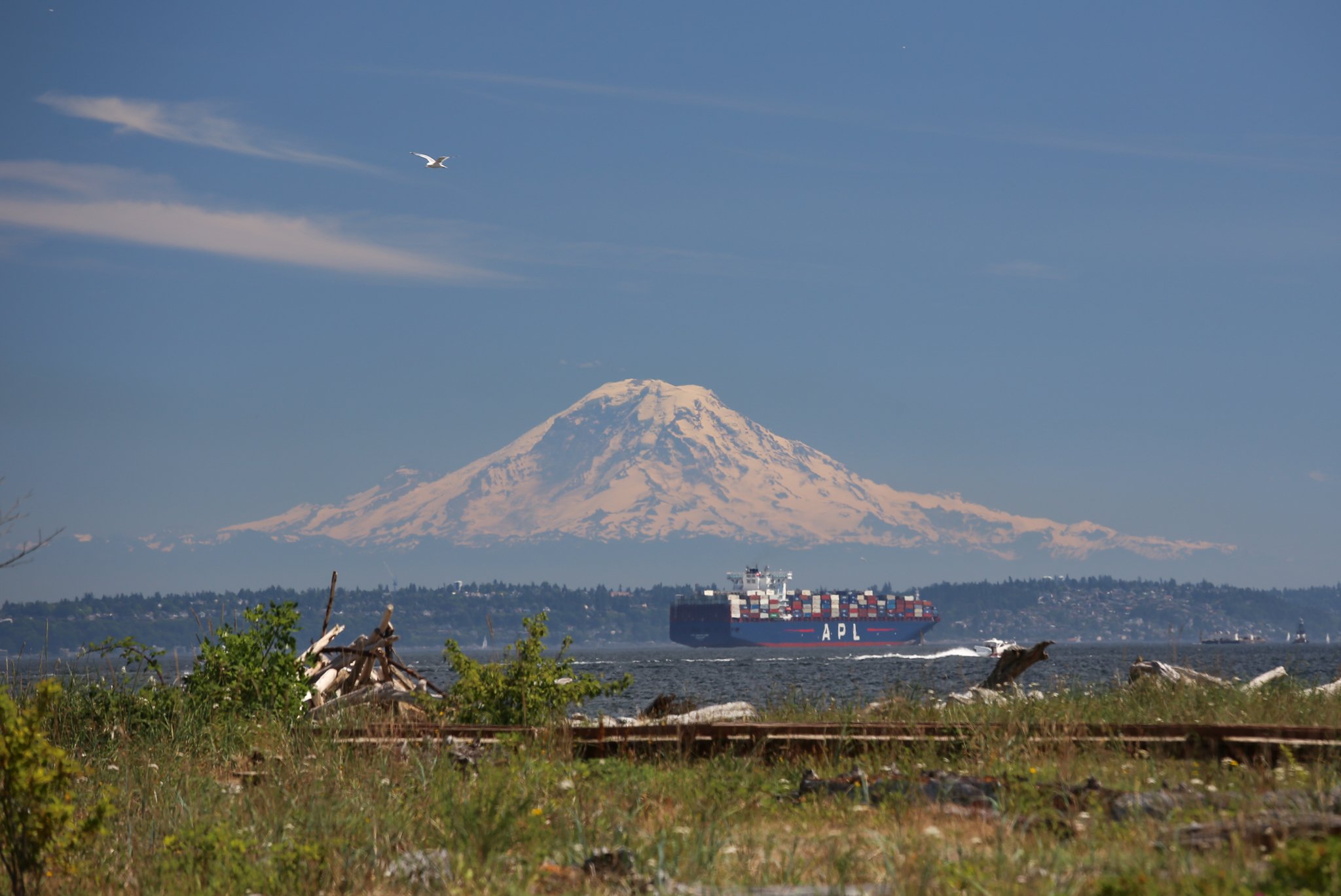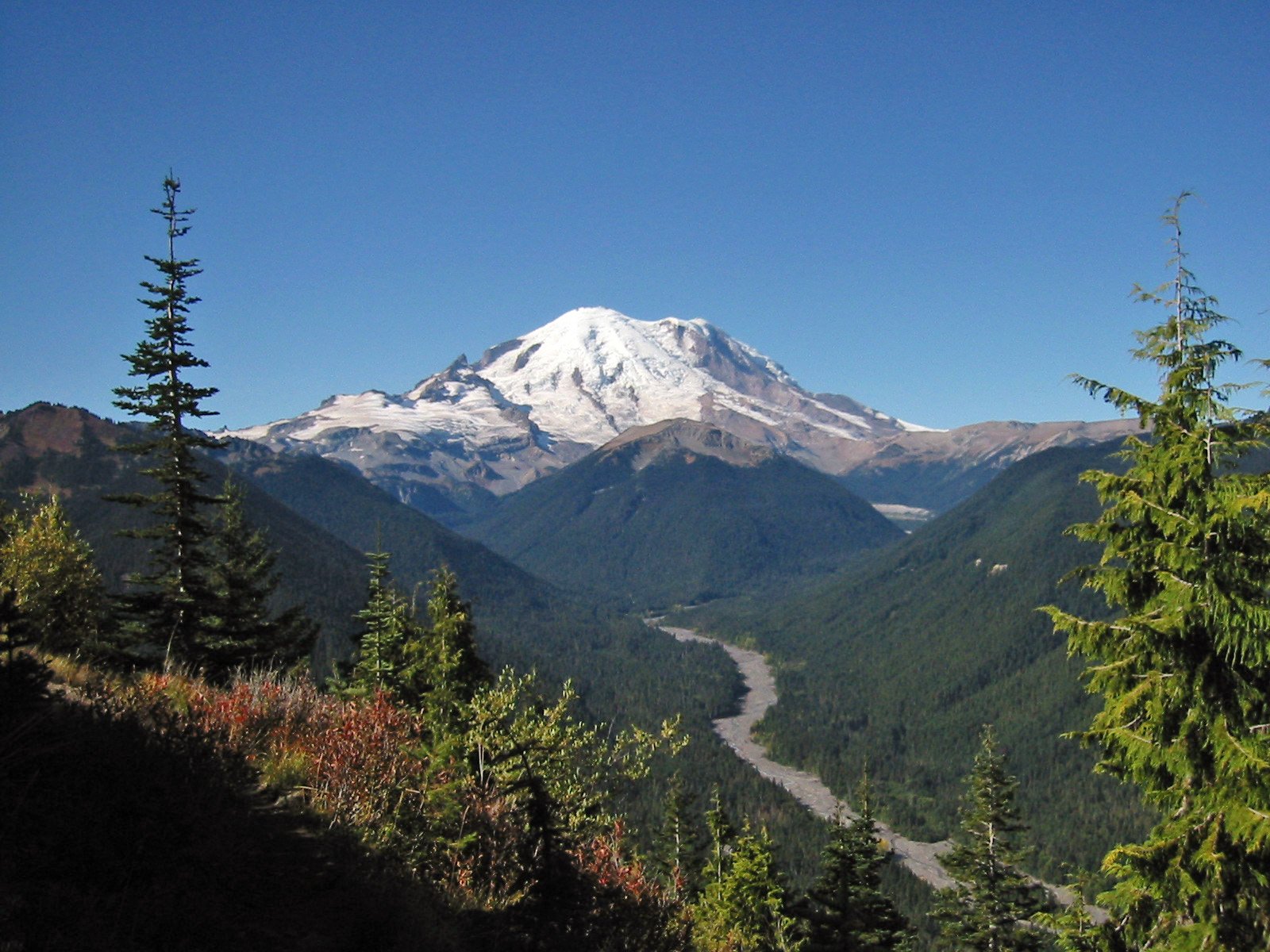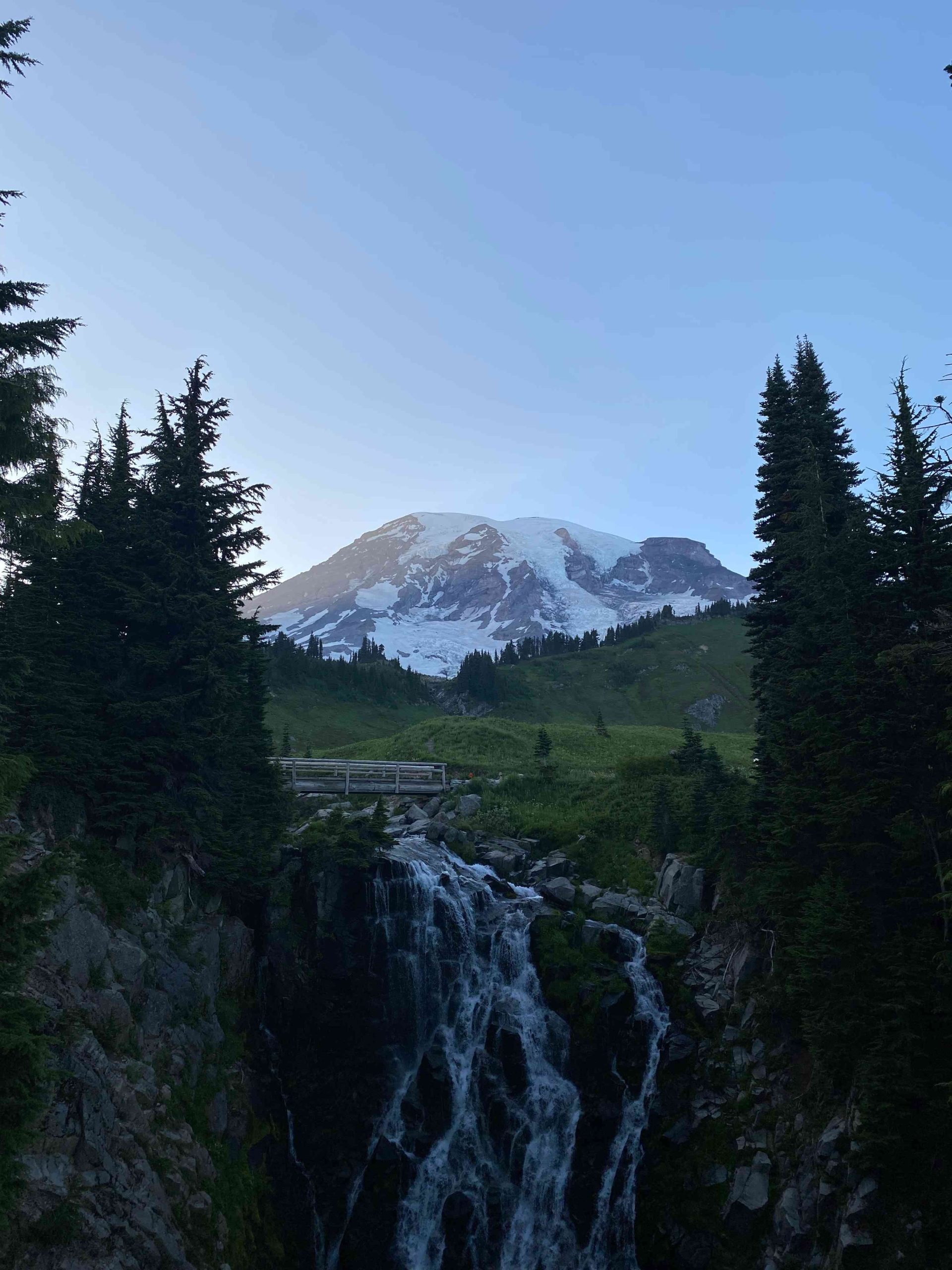Mount Rainier National Park, established on March 2, 1899, is one of America’s oldest national parks. Located in Washington state, it covers 368 square miles and is dominated by the 14,411-foot active volcano, Mount Rainier. The park features diverse ecosystems, including subalpine forests, alpine meadows, and glaciers. With four main entrances and various access points, Mount Rainier offers visitors a unique opportunity to explore its natural wonders and rich history.
What is the Historical Context of Mount Rainier National Park?

Mount Rainier National Park was created to preserve the area’s natural beauty and unique geological features. As one of the oldest national parks in the United States, it has a rich history dating back to its establishment in 1899. The park’s creation was driven by the need to protect the iconic Mount Rainier and its surrounding ecosystems from potential exploitation and development.
What are the Key Geographical Features of Mount Rainier?

Mount Rainier National Park boasts a diverse range of geographical features:
- Mount Rainier: The centerpiece of the park, standing at 14,411 feet
- Glaciers: The park is home to 25 named glaciers
- Subalpine forests: Covering the lower elevations of the park
- Alpine meadows: Bursting with colorful wildflowers during summer
- Rivers and waterfalls: Fed by glacial melt and snowpack
These features contribute to the park’s unique ecosystem and provide habitats for various plant and animal species.
Where are the Main Access Points to Mount Rainier National Park?
Mount Rainier National Park has four main entrances, each offering access to different areas of the park:
- Nisqually Entrance (Southwest)
- Open year-round
- Provides access to Longmire, Narada Falls, Reflection Lakes, and Paradise
- Coordinates: 46.7673° N, 121.8823° W
-
Elevation: 1,800 feet
-
Carbon River Entrance (Northwest)
- Open year-round to foot traffic
- Limited vehicle access to the park entrance via SR 165 through Wilkeson
-
Elevation: Around 1,800 feet
-
White River / Sunrise Entrance (Northeast)
- Typically open from early July to September
- Provides access to White River Campground and Sunrise
-
Elevation: 6,400 feet at Sunrise Visitor Center
-
Stevens Canyon Entrance (Southeast)
- Traditionally open from late May to early October
- Provides access to Ohanapecosh and Box Canyon areas
- Elevation: Around 4,000 feet
What are the Top Mount Rainier Trails?
Mount Rainier offers a variety of trails for hikers of all skill levels. Here are some of the top trails:
- Nisqually Vista Trail
- Length: 1.2 miles
- Difficulty: Easy
- Estimated Hiking Time: 1-2 hours
- Notable Features: Views of Mount Rainier, Nisqually Glacier, and wildflowers
- Trailhead: Paradise Valley Road
-
Parking: Ample parking at Paradise Visitor Center
-
Skyline Loop Trail
- Length: 5.5 miles
- Difficulty: Moderate
- Estimated Hiking Time: 3-4 hours
- Notable Features: Panoramic views, wildflowers, access to other trails
- Trailhead: Paradise Visitor Center
-
Parking: Large parking area at Paradise Visitor Center
-
Comet Falls Trail
- Length: 3.8 miles
- Difficulty: Moderate
- Estimated Hiking Time: 2-3 hours
- Notable Features: 462-foot Comet Falls
- Trailhead: Comet Falls Trailhead on Paradise Valley Road
-
Parking: Limited at trailhead, additional parking nearby
-
Narada Falls Trail
- Length: 0.3 miles
- Difficulty: Easy
- Estimated Hiking Time: 30 minutes to 1 hour
- Notable Features: 168-foot Narada Falls
- Trailhead: Narada Falls Trailhead on Paradise Valley Road
- Parking: Ample parking at trailhead
What Services are Available at the Mount Rainier Visitor Center?
The Henry M. Jackson Memorial Visitor Center at Paradise offers various services and facilities:
- Operating Hours: Typically 10 AM to 5 PM (varies by season)
- Facilities:
- Restrooms
- Food and beverages
- Souvenirs
- Maps and brochures
- Educational Programs:
- Ranger-led walks and talks
- Exhibits on park’s natural and cultural history
- Information on hiking trails, wildlife, and regulations
Contact Details:
– Phone: 360-569-6249
– Email: MORA_Visitor_Center@nps.gov
– Website: www.nps.gov/mora/index.htm
How to Make Mount Rainier Camping Reservations?
For those looking to camp at Mount Rainier, here’s what you need to know:
Campgrounds Near Park Entrances:
- Cougar Rock Campground (near Nisqually Entrance)
- White River Campground (near White River / Sunrise Entrance)
- Ohanapecosh Campground (near Stevens Canyon Entrance)
Reservation Details:
- Platform: Recreation.gov
- Costs: $20 to $30 per night (varies by campground)
- Seasonal Availability: Most open late spring to early fall
Regulations and Safety:
- Keep a safe distance from wildlife
- Follow park regulations for food storage and hiking safety
- Be aware of bear and mountain goat presence
Reservation Contact Methods:
- Online: Recreation.gov
- Phone: 877-444-6777 (7 AM – 9 PM PT)
- For questions: 360-569-6249 or email MORA_Timed_Entry@nps.gov
By understanding the beginning of Mount Rainier NP Washington, visitors can better plan their trip and make the most of their experience in this stunning national park.
References:
1. https://visitrainier.com/park-entrances/
2. https://www.recreation.gov/timed-entry/10101917
3. https://www.darlingtravels.blog/post/the-ultimate-guide-to-mount-rainier-national-park

